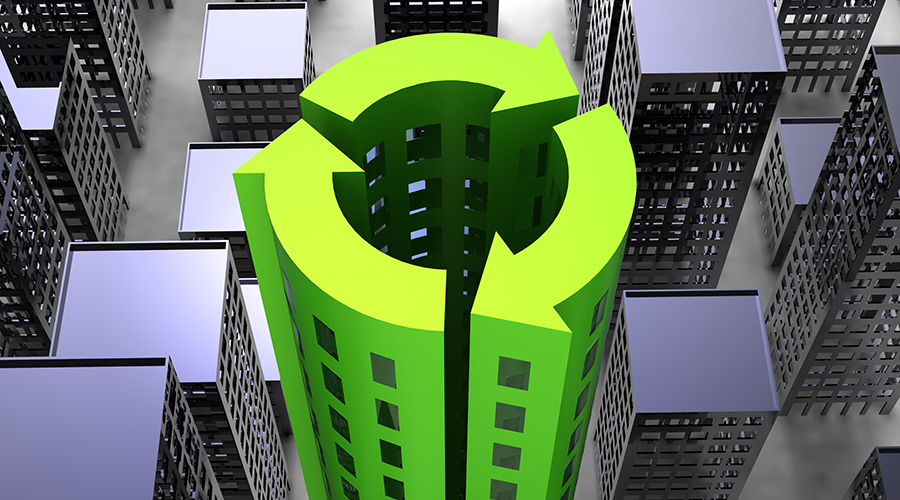Facility managers may be forgiven if sustainability plans have fallen by the wayside a bit over the course of this last year. COVID-19 threw a massive wrench in even the most well-laid plans, sustainability included. But as we’re emerging from the worst pandemic in a century, and occupants are returning to the office, now is a perfect time to refocus energy and water efficiency, good indoor air quality, and so many other bedrock tenets of green.
Have you looked at LEED lately? Maybe it’s time to rekindle your relationship, as LEED is still the gold standard of green building rating systems. The summer before the pandemic — July 2019 — the U.S. Green Building Council released an updated version of its signature rating system: LEED v4.1. For facility managers, the Operations + Maintenance (what you used to know as LEED for Existing Buildings) includes many improvements to maintain the rigor of the rating system, but also to streamline certification and make it easier to measure and report data for achieving particular credits.
What hasn’t changed is that LEED v4.1 Operations + Maintenance is still a guide to best practices for sustainability in facility management. Whether you need help planning a green cleaning initiative, developing an occupant satisfaction survey regarding indoor air quality, or looking more deeply into an environmentally responsible purchasing policy, LEED offers guidance and resources.
So even though LEED v4.1 isn’t new by any normal definition, because the pandemic may have distracted many facility managers from green goals, let’s take a look at some common questions regarding LEED v4.1.





